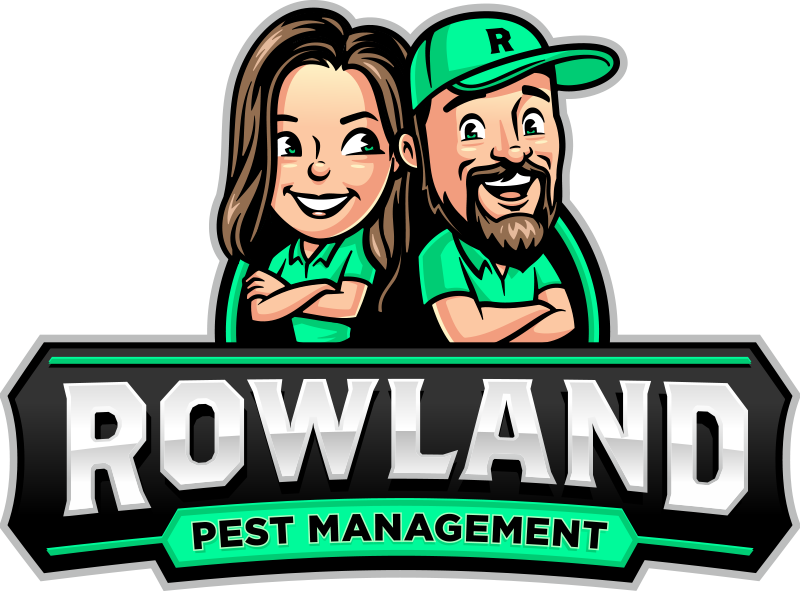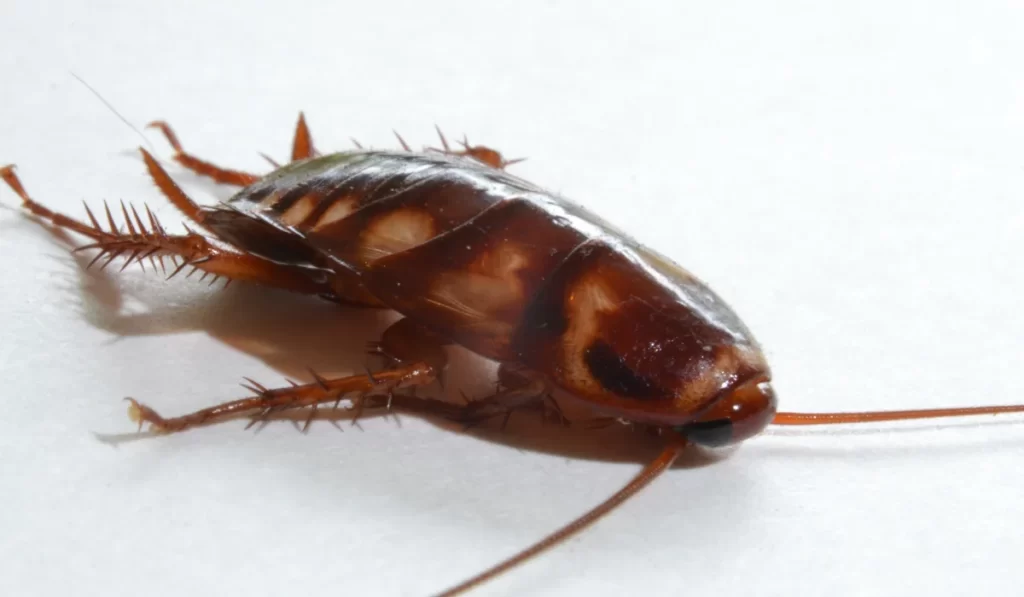In Florida, palmetto bugs are more than a nuisance—they’re practically a local legend. Technically, the American cockroach, these reddish-brown pests have earned their nickname thanks to their frequent sightings in and around palmetto trees and humid areas. And once you spot them, you want them gone.
Here are six reliable strategies to help Florida homeowners kill palmetto bugs and stop infestations before they get out of control.
Key Takeaways
- Cracks and gaps around the home let palmetto bugs in, so sealing those spaces helps block their entry.
- Moist places like bathrooms and basements attract bugs, so drying those areas makes your home less welcoming.
- Food left out in the open or in the trash feeds bugs, so keeping things clean helps stop infestations.
- Some bugs still get in no matter what, so calling a pest control pro is the best long-term fix.
1. Seal Entry Points to Block Their Pathways
These critters don’t need much to squeeze into your home. Gaps around pipes, cracks in your foundation, and unsealed crevices near windows or doors are all easy entry points.
Use caulk to seal these areas tightly, especially around crawl spaces, basements, and baseboards, where moisture and shade make attractive hiding spots.
By taking away their access, you can significantly reduce your chances of a palmetto bug infestation.
2. Control Moisture in Humid Areas
Palmetto bugs flourish in Florida’s warm, moist climate, just like in neighboring Georgia and South Carolina. Inside the home, they are often found in bathrooms, under kitchen sinks, and laundry rooms—anywhere moisture builds up.
Reducing humidity with fans or dehumidifiers and fixing leaks quickly helps make your home less appealing. Crawl spaces and basements, in particular, should be dry and well-ventilated.
3. Remove Attractants Like Food and Water Sources
These pests aren’t picky. They’ll feed on leftover pet food, crumbs, grease, and even organic matter in garbage cans.
Make sure all food sources are stored in airtight containers, and don’t leave pet food out overnight. Keep your trash can clean and empty it regularly.
Roach droppings, especially behind appliances or near kitchen cabinets, are often the first sign of an infestation. The cleaner your space, the harder it is for these critters to settle in.
4. Apply DIY Treatments Like Diatomaceous Earth and Boric Acid
If you’re a fan of DIY solutions, this one’s for you. Besides essential oils like peppermint oil, both boric acid and diatomaceous earth are affordable treatments that work great in hard-to-reach places.
Spread these powders behind appliances, along baseboards, and into crevices and cracks, especially in areas where sightings are frequent.
Diatomaceous earth damages their exoskeletons, leading to dehydration, while boric acid acts as a stomach poison. Just make sure these applications are out of reach of children and pets.
5. Declutter Outdoor Areas and Monitor Landscaping
Palmetto bugs often make their way inside from your yard.
Dense mulch, untrimmed bushes, and damp piles of leaves offer perfect shelter. Cut back vegetation, remove yard debris, and keep mulch at least a foot away from the foundation.
In South Florida, where the climate stays warm year-round, yard maintenance is key to preventing pests from slipping indoors during seasonal shifts or rain.
6. Hire Professional Exterminators for Persistent Issues
If you’ve tried it all and still can’t keep palmetto bugs out, it’s time to bring in pest control professionals.
At Rowland Pest Management, we deal with all types of cockroaches found in the southeastern United States, including the Florida woods cockroach, smokybrown cockroach, and the ultra-persistent German cockroach. Our repellents and treatments don’t just focus on killing bugs, but also on keeping them out for good.
We inspect, treat, and monitor trouble areas like garbage cans, kitchen cabinets, and laundry rooms. Our expert team also advises you on ways to reduce allergens, asthma attacks, and pathogens like salmonella, which roaches can track through your home.
Call now or book your free inspection online.
We’re ready to help you keep palmetto bugs out, for good.
Frequently Asked Questions
If you’re dealing with palmetto bugs or just want to stay ahead of a potential problem, you might still have questions that weren’t covered in the main article.
Here are a few common ones that can help you stay informed:
Why do I keep seeing palmetto bugs even though my home is clean?
Palmetto bugs are drawn to moisture and warmth, not just food. Even clean homes with leaky pipes, humid air, or gaps in walls can attract them inside, looking for shelter and water.
Can palmetto bugs survive outside if I get rid of them indoors?
Yes, palmetto bugs naturally live outdoors in mulch, wood piles, and palm trees. Removing them from your home won’t eliminate the problem unless outdoor conditions around your house are also addressed.
Do palmetto bugs spread disease like other pests?
Like other species of cockroaches, palmetto bugs can carry bacteria on their bodies and legs, including Salmonella. If they crawl over food or surfaces, they can spread germs that may lead to stomach issues or infections.


